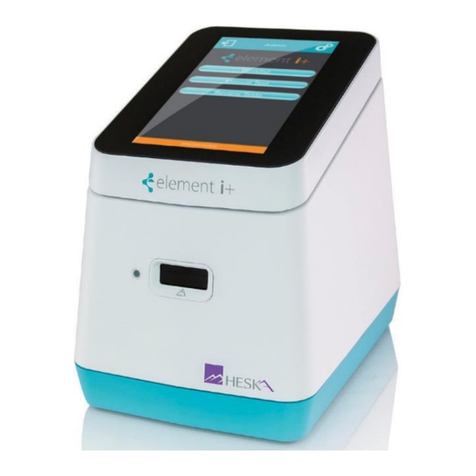3
Table of Contents
INTRODUCTION
SECTION 1: SAFE USAGE AND HANDLING PRECAUTIONS
1.1 Using This Manual ...........................................................................................................................................................1
1.2 Definitions, Acronyms and Abbreviations........................................................................................................................1
1.3 Symbols ...........................................................................................................................................................................1
1.4 SafetyWarnings...............................................................................................................................................................1
1.5 Product Liability Information ............................................................................................................................................1
1.6 Warnings..........................................................................................................................................................................2
1.7 Safety Instructions on the Analyzer.................................................................................................................................3
1.8 Declaration of Conformity ................................................................................................................................................3
1.9 Disposal ...........................................................................................................................................................................4
SECTION 2: ELEMENT AIM ANALYZER OVERVIEW
2.1 Product Overview.............................................................................................................................................................5
2.1.1 Analyzer Identification............................................................................................................................................5
2.2 Technical Specifications ..................................................................................................................................................6
SECTION 3: TRANSPORT, UNPACKING, PACKING AND INSTALLATION
3.1 Package Contents............................................................................................................................................................7
3.2 Installation Location Requirement ...................................................................................................................................7
3.3 Electrical Requirements...................................................................................................................................................8
3.4 Moving the Analyzer ........................................................................................................................................................8
3.5 Unpacking........................................................................................................................................................................8
3.6 Removing Shipping Locks ...............................................................................................................................................8
3.7 Connections and Operating Controls ..............................................................................................................................9
3.7.1 Computer and Analyzer Connections....................................................................................................................9
3.7.2 Mains Connection..................................................................................................................................................9
3.8 Repacking for Shipment or Storage ..............................................................................................................................10
SECTION 4: ANALYZER OPERATION
4.1 Materials.........................................................................................................................................................................13
4.2 Cartridge Fill Procedure.................................................................................................................................................13
4.2.1 Equipment............................................................................................................................................................13
4.2.2 Preparation Procedure for Urine Samples ..........................................................................................................13




























